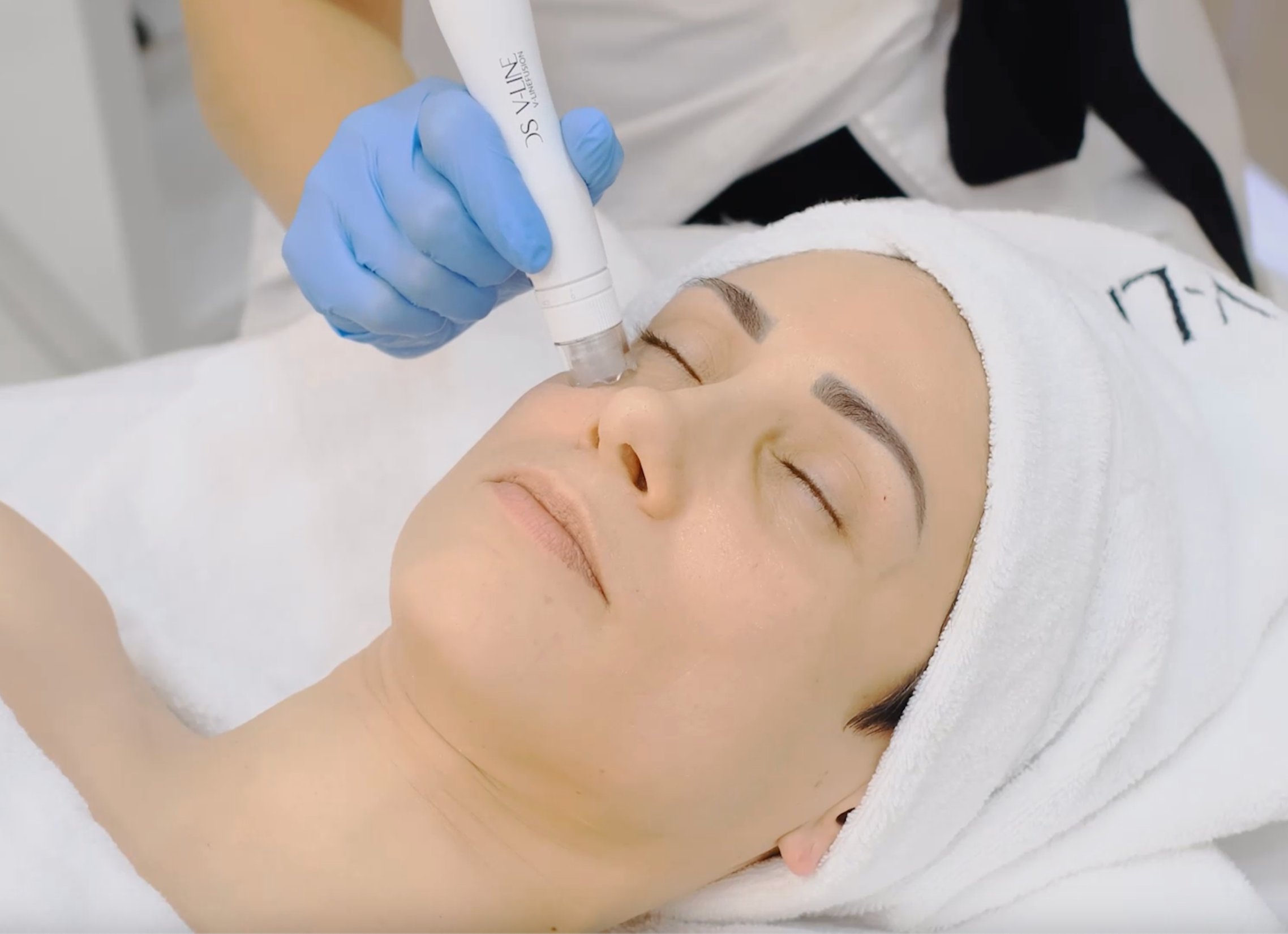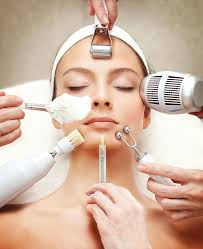
Why is "Microneedling" So Popular for Facial Rejuvenation?
Microneedling is a technique that uses a handheld device equipped with numerous tiny needles to rejuvenate the face and décolletage. These needles create controlled micro-injuries in the skin, which in turn stimulate the production of collagen and elastin, two proteins that are essential for youthful skin. As the skin heals, these micro-injuries are filled with new collagen and elastin, resulting in thicker, more elastic, and firmer skin. Clinically, this process leads to improvements in the quality and texture of aging skin, making it appear more youthful and vibrant. Pore size diminishes, fine lines and wrinkles soften, acne scars fade, and the appearance of sun damage, stretch marks, and other skin imperfections are significantly reduced.
The technique was first introduced in 1996 by plastic surgeon Dr. Des Fernandes, who used a dermaroller to reduce upper lip wrinkles. Since then, technological advancements have refined microneedling devices. Today, these treatments are performed using devices with needle diameters and lengths ranging from 0.5 to 3 mm. The needles are disposable and single-use to ensure hygiene. Microneedling can be safely used on areas where laser and chemical peel treatments may not be suitable, such as around the eyes, mouth, and on the décolletage. Redness usually subsides within a few hours, making the procedure well-tolerated by patients.
Microneedling treatments are typically administered in multiple sessions spaced 4-6 weeks apart. Maintenance sessions may be conducted every 6-12 months.
Areas of Application:
Although microneedling is commonly performed on the face, it can also be applied to the abdominal and buttock areas. To achieve the best results, multiple consecutive sessions are necessary rather than a single treatment.
What Skin Issues Can Microneedling Address?
Microneedling is effective in treating various dermatological problems resulting from skin damage, including:
- Acne
- Age-related wrinkles
- Stretch marks
- Scars
- Hyperpigmentation or discoloration
- Loss of skin firmness and sagging skin
- Enlarged pores
- Sunburns or sunspots
How is Microneedling Performed?
The microneedling procedure involves the use of a pen-shaped device with micro-needles on its surface. Before the procedure, the treatment area is cleansed to remove makeup and other substances. Antiseptic solutions are applied to disinfect the area, and numbing creams may be used to minimize discomfort.
During the procedure, the device creates numerous micro-channels in the skin for about 20 minutes, depending on the treatment area. These micro-channels may cause minor bleeding but do not inflict significant damage. Post-treatment, solutions are applied to aid in skin regeneration and cleansing.
The healing process for these micro-injuries takes a few days, during which redness and sensitivity may occur. The frequency and number of microneedling sessions are determined by the doctor based on the patient's needs, typically involving at least four sessions over four weeks. Full results may take a few months to manifest.
Advantages of Microneedling:
Unlike many cosmetic treatments, microneedling offers various advantages:
- It does not cause pigmentation or peeling.
- Unlike laser treatments, it does not result in skin discoloration or heating, making it suitable for darker skin tones.
- It can be applied to hard-to-reach areas.
- It is a non-invasive method, with minimal post-procedure discomfort.
Risks of Microneedling:
Despite being minimally invasive, microneedling carries some risks:
- Short-term sensitivity, irritation, and redness.
- Potential for minor bleeding or bruising during the procedure, with a low risk of infection if hygiene protocols are followed.
- In rare cases, abnormal scarring may occur in patients with impaired wound healing.
- Possible allergic reactions to solutions or equipment used.
- Contraindicated for patients with chronic conditions like diabetes or skin issues like eczema and psoriasis; these patients should consult a specialist before treatment.


